Havana and the Habanos Festival
by Aaron Jankola
My trip to the 17th Annual Habanos Festival started with my landing in Veradero on the Monday. I was picked up at the airport by a gentleman named Coto. I clipped and lit my first cigar, one of the La Flor de Cano Siboneys, and we started the drive to Havana. The combination of the heat, humidity, & warm sea breeze made this cigar a wonderful start to the festival. After a few hours journey, we arrived in Havana at my hotel, the Copacabana. I was greeted at the main counter with a mojito and checked in.
After taking my bags up to my room, I came back down to the lobby bar to meet some of the other Canadians there for the festival and to enjoy another cigar and one of the local brews, a Bucanero. I ended up smoking one of the Cohiba 2014 Edición Limitada Robusto Supremo. This large (the biggest ring-gauge of any current production Cuban cigars),rich, and highly sought-after cigar provided several hours of relaxing entertainment while chatting with some of the other attendees.
Later that evening, we all hopped in cabs to go to the Opening Gala of the festival. This year’s opening night was held at the old Almacén del Tobaco y la Madera (Old Tobacco and Wood Warehouse). This unique building, with its part in the industrial heritage of Havana, provided a wonderful setting for the evening. Upon getting to the gate, we were greeted by some exquisitely dressed men and women who checked our tickets and handed out roses, cocktails, hors d’oeuvres and most importantly a bag containing cigars, a cutter, and a lighter. The opening night cigars were high-lighted by a wonderful lacquered box containing two of the upcoming Romeo y Julieta Gran Reserva Cosecha 2009 Wide Churchill. This cigar will see its release later on this year and should prove to be the big hit that the previous Gran Reservas have been.
- The Almacén del Tobaco y la Madera
- The main sign
- The night’s main guest: The Romeo y Julieta Gran Reserva Cosecha 2009 Wide Churchill
- Guests milling about and enjoying a fine cigar
- The view upon entering the Opening Gala
The next day started quite early as a journey of about 3 hours was required in order to travel to the Pinar del Rio to visit a tobacco plantation. The vegueros were in the middle of harvest, so we got to watch them pick the leaves from the plants and put them on a wooden wheel barrow. Leaves are harvested starting from the bottom of the plant and working the way up, making a complete harvest of a plant take up to 30 days. These were then transported to the curing barn where they would be sewn together with string and hung up to cure for up to 50 days. The process of the stringing and hanging of the tobacco is something that is solely performed by women. We were then provided a snack of pineapple, papaya, & coconut that was also grown on the farm before we headed off to the Escogida, or fermentation house.
- A field of tobacco and the curing barn in the background
- A veguero and his son working hard harvesting tobacco leaves
- One of the women sewing bunches of leaves together before putting them on wooden poles
- Tobacco hanging in the barn to cure
- A list of the many other fruits grown on the farm
Here the tobaccos are sorted depending upon final use (wrapper, filler, or binder), moistened and fermented. Wrapper leaves are given one fermentation before sorting and baling in tercios which are marked with the year of harvest and date of packing before being aged in the warehouse for 6 months or more. Filler & binder leaves will be deveined, sorted, & given 2-3 fermentations before finally being baled in pacos and aged for up to two years or more. The fermentations sweat out impurities from the tobaccos, smoothing out the flavour and reducing the tars and nicotine. The aroma of ammonia permeates the facility, but the end result is worth it. The tour ended with a tasty lunch at the Mural de la Prehistoria, a large mural in the Pinar del Rio celebrating the first inhabitants of the Cuban Archipelago. Again, cigars were provided and a roller was present for those wanting to watch a cigar being rolled in front of them.
- Women sorting the leaf by type and colour
- The tying together of wrapper leaves
- The is where the binder and filler leaves are de-veined
- The many veins removed while the workers do their thing
- Tobacco being prepared for moistening and fermentation
- The elevator used to transport bales of tobacco between floors
- The temperature of the pilon is monitored to ensure it doesn’t get too hot
- The fermentation room
- A bale of tobacco being prepared for shipping to the rollers
- The Mural de la Prehistoria
Tuesday evening was capped off by a poolside dinner sponsored by the Canadian distributor of Cuban cigars in Havana House. A sleeve of 3 cigars was presented (a pack of Clubs & a rose for the women) when entering. Each table was set with a bottle of Havana Club 7yr old Rum & Havana Club 3yr old. A bountiful buffet of Cuban cuisine including rice & beans and spit-roasted pork was enjoyed by all that attended.
- Hocniel, Coto, & Coto’s wife at the Canada Evening
- Rey still carries his Burlington cigar carrier
- One of the many libations consumed that evening
- Partying into the wee hours of the evening
Wednesday started off with a ride on a open-air double decked bus from the hotel into Old Havana. This was the first chance to get a good look at the city in the light of day. A UNESCO World Heritage Site, Old Havana has been around since the 16th century. Hurricane Ike in 2008 destroyed many of the buildings in Old Havana, and future hurricanes pose a further risk to those aged buildings still standing. The Cubans are hard at work restoring what they can, and Plaza Vieja is a perfect example of this. Each of the painstakingly restored buildings has a banner out front with a picture of what the building looked like before restoration. Along the streets are many different vendors selling various treats and souvenirs as well as people inviting you to check out their restaurants & cafes. In the Plaza Vieja, the microbrewery Factoria Plaza Vieja serves a variety of suds in an ice-cooled column as well as food (Try the pizza) and is a great place to kick back with a cigar and watch the people go by. For the lovers of a nice cup of strong dark-roast coffee, across the plaza is Cafe el Escoral. With beans roasted on site, you can get a steaming cup of hot java and one of the variety of sweets they make to relax with. You can even pick up roasted beans or fresh ground coffee to be able to enjoy back in your own home.
- The streets of Old Havana while looking towards the Capitolio
- One of the many classic cars one will see on Cuban streets
- Most buildings are quite weathered
- The Cubans are hard at work to restore what they can
- Innovative blockers to automobile traffic: old cannons
- The brewery at the Factoria Plaza Vieja
- A roaster hard at work at Cafe el Escoral
- This little kitty has had too much rum at the Havana Club Distillery
- A tower of beer to relax away the afternoon
- A perfume distillery in Old Havana
- A group of grade-school children
- A hotel next to the Capitolio
- Some of Cuba’s many taxis and CoCo Cabs
- Castillo de San Salvador de la Punta and Castillo Des Los Tres Reyes Del Morro. Both historically protected the entrance to the Port of Havana.
- Looking west along the Malecón.
Wednesday evening was capped off by an event celebrating the 25th Anniversary of the Casa del Habanos franchise. Started in 1990 in Cancun, there are now over 140 stores in 65 different countries. In Cuba, these are the only stores one should visit when looking to purchase some cigars to bring home. In celebration of this momentous occasion, an exclusive special humidor carved from precious wood whose design recreated a house of fancy columns and broad doors. This humidor was filled with 30 very exclusive cigars that are new additions to the standard ranges: 15 each of the La Gloria Cubana Pirámides and Robustos Extra. This year’s winner was a fellow Canadian in Raffi of Montreal. Each person attending the gala was given a small box containing one of each of the cigars so that they could have the chance to sample these treats.
- This little MG greeted all the attendees of the 25th Anniversary of Casa del Habanos evening
- The La Gloria Cubana humidor & cigars that were raffled off at the Gala
- The gift box containing one of each of the La Gloria Cubanas in the raffled humidor
- A wonderful Cohiba Maduro 5 Genios for dessert
- The dessert plate presented to each attendee.
Thursday started off with a visit to two different factories, La Corona & H.Upmann. At both, we got to witness the end results of the hard work of the vegueros we saw two days previous. The tobacco is brought into the factory, where it is yet again sorted. The wrapper leaves are de-veined at this point in the aptly named Stripping Room, before the wrappers, fillers, & binders being blended are provided to the torcedors (cigar rollers). They bunch together the fillers and put on the binders before pressing the cigars for around 30 minutes. This helps to ensure that a uniform size is maintained throughout all cigars. After the wrapper is put on the cigars, they go through quality control before being put in the Escaparate, or conditioning room. After a period of time, the cigars are pulled out for colour sorting before being put in boxes. This is to ensure that each cigar in a box is the same colour as the other. From here, as in the case of the Añejados line, the boxes may be aged for up to 5 years or more. Boxes are then taken to the finishing department where bands are put on the cigars, final stamping is done, and the boxes are sealed. Each cigar and box is decorated based upon the particular brand and vitola being made. The cigars are then packed in master cartons before being sent to shipping and onward to cigar stores around the world. The whole factory process is looked over by the El Jefe de Galara or Workshop Manager. In the case of the H.Upmann this happened to be a roller that has previously graced Burlington on Whyte in Sr. Lazaro Batista Miranda.
- The H. Upmann Factory
- The H. Upmann Factory
- Women hard at work in the “Stripping Room” stripping veins from and sorting wrapper leaf
- Cigars being sorted by colour before being boxed
- Cigar bands being applied
- Dress-boxes having their final labels and seals applied
- Final quality control and packaging
- Art created using tobacco veins and other pieces
- Rollers hard at work
- A number of boxes of the Habanos lovers current favorite, the Cohiba Robusto Supremo
- More rollers hard at work
- A shape chart of almost all current sizes of Cuban cigars in production
- Packing of the tubos
- Even at 92, the roller in the middle still works hard
- Many cigars ready for shipping around the world
That evening I received the pleasant surprise and honour of an invite to a private party being put on by Pacific Cigar Company (the regional distributor for the Asia-Pacific region). Held on a roof-top patio in Old Havana, the best of Cuban food (the BBQ lobster was divine) and culture was presented with a Chinese twist. Into the wee hours of the morning, many a cigar and libations were had.
- A cage for those who has a few too many
- Celebrating the Chinese heritage of Pacific Cigar Company
- Some of the evenings entertainment
- One of the many bands that played
My final day in Cuba was spent with many a relaxing cigar and wandering the streets of Old Havana. A visit to the Museo de la Revolución (Museum of the Revolution) was in order this day. The museum is housed in what was the Presidential Palace for all Cuban Presidents from Mario Garcia Menocal to Fulgencio Batista. It is here that the Directorio Revolucionario Estudantil, or anticommunist Student Revoltionary Dictorate, stormed the building in failed attempt to assassinate Batista who managed to escape via the roof of the building. One can still see evidence of this in bullet holes present all over the building and stairwells. The museum contains many different artifacts from the revolution including Che Guevara & Camilo Cienfuegos iconic guns and caps. Behind the main building lies the Granma Memorial, a large glass enclosure which showcases the Granma, the yacht which took Fidel Castro and his revolutionaries from Mexico to Cuba for the revolution. There are also various vehicles and tanks that were used in the revolution displayed.
- Some portions of the wall surrounding the old Fort Havana still stand
- Bullet holes are still present at the Museo de la Revolución
- Statues of Camilo Cienfuegos & Ernesto Che Guevara
- One of Che Guevara’s pipes
- The exterior of the Museo de la Revolución
Overall, the trip to the Festival del Habanos was an excellent way to experience the best that Cuba has to offer. The food, while simple, was quite delicious. The Cuban people are some of the most kind and generous that I have met in the world. Everybody there was willing to help out, and of course I would reciprocate the kindness. While wandering the streets in Havana, I actually felt safer than I do wandering the streets here in Edmonton. For anybody that is travelling to Cuba, I would suggest the following:
- The main currency used in Cuba by tourists is the CUC. While you can exchange your money at the airport, I would suggest doing so at your hotel or one of the many money exchangers available in the hotels as the rates given will be better than at the airports.
- I would suggest taking a few tablets of Pepto every day. While the food is generally safe, the pre-dosing should help alleviate any G.I. issues that may arise.
- There are many different restaurants at which one can eat, although quality can vary from month to month. I would suggest checking with someone that has recently travelled to the area to which you are going for suggestions on the best places to eat.
- Make sure to bring anything you think you may need during your trip like batteries, toiletries, and the such. While some basic items like water, soda, and alcohol can be purchased in the stores, not much else is available that would be useful to tourists. You can always leave any extras for the locals as they will appreciate it.
- Bring down extra items to give to the locals. Many items whose availability we take for granted are extremely difficult for your average Cuban to obtain.
- If you are looking for cigars, and I highly suggest doing so, I would only purchase your cigars at a Casa del Habanos or a store attached to one of the many factories there. Do NOT purchase them on the beach or from one of the many locals offering cigars for sale as these are all counterfeits and may not even contain tobacco.
- If you are staying at a resort, take a day or two to venture out and visit a city like Havana. While the beaches and ocean can be very relaxing, one will not really get a chance to experience any of the several hundred years of history that Cuba has to offer.
- Smoke cigars while down there. The combination of the heat, humidity, and general atmosphere really do make them taste much better while you’re in Cuba. You will be surprised at the number you can smoke while there.
-Aaron
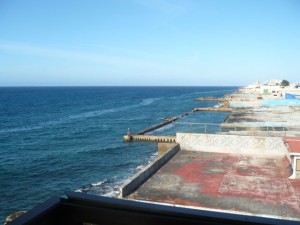
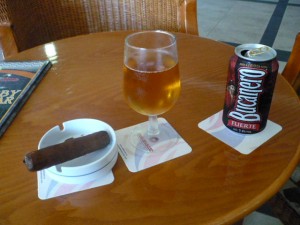
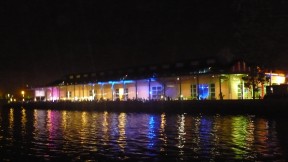
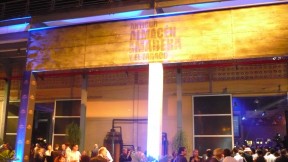
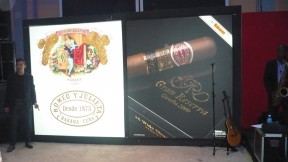
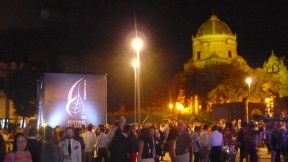
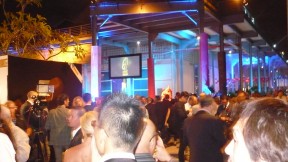
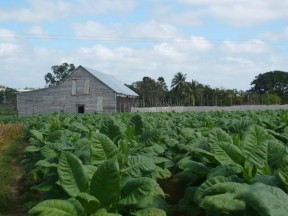

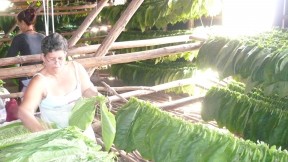
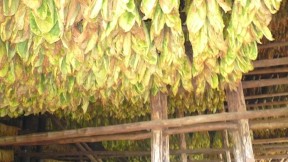
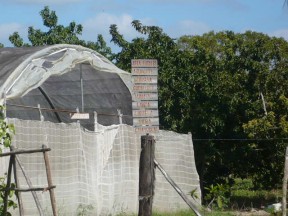
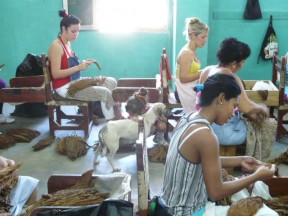
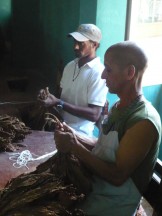
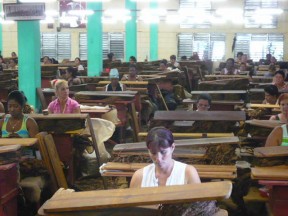
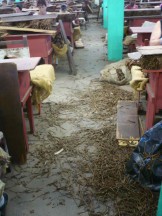
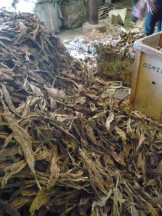
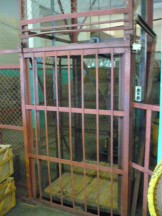
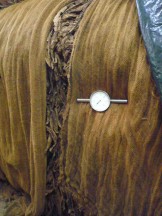
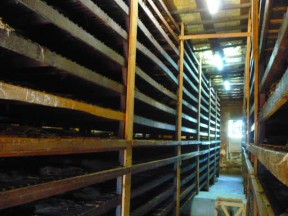
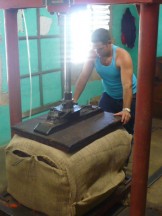
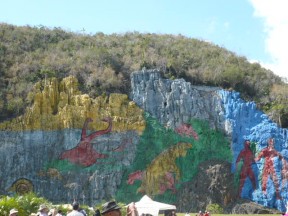
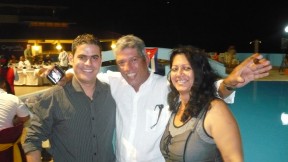
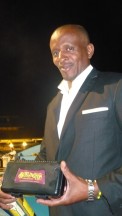
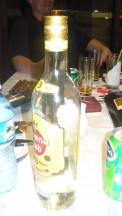
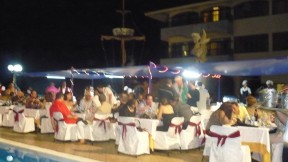

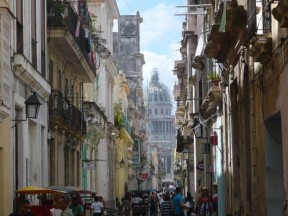
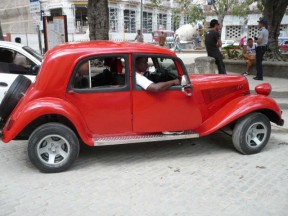
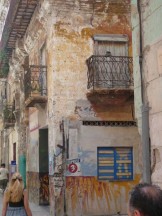

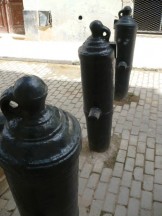
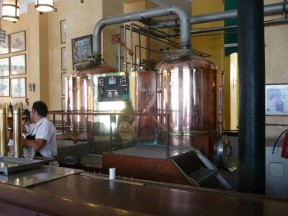
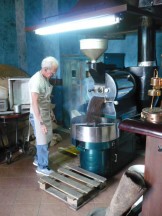
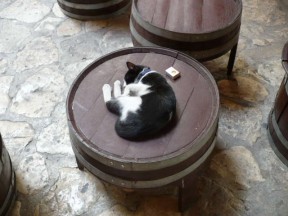

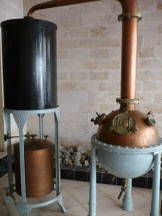
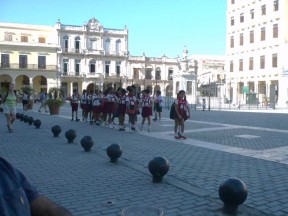

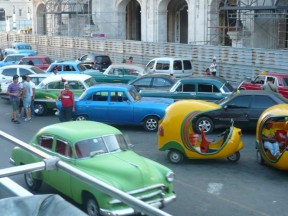
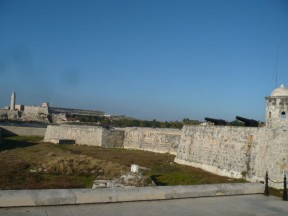
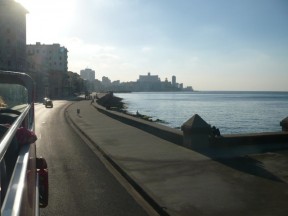
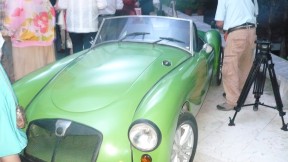
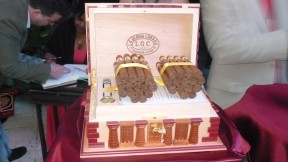
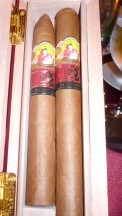
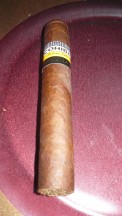

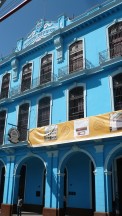

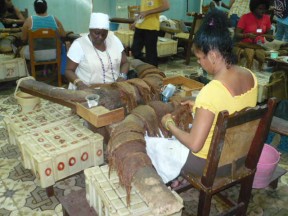
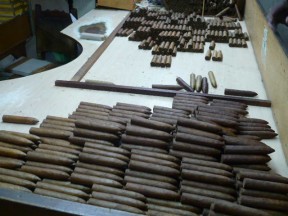
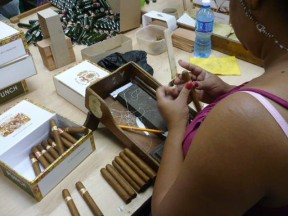
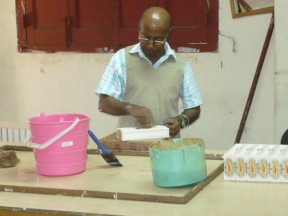
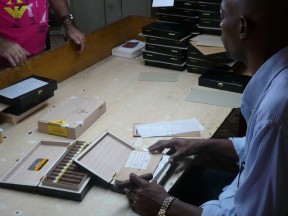
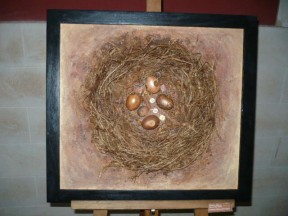
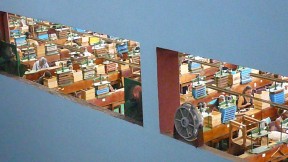
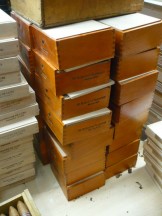
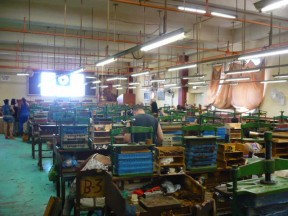
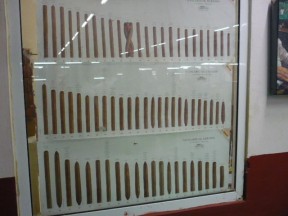
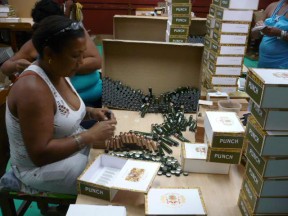

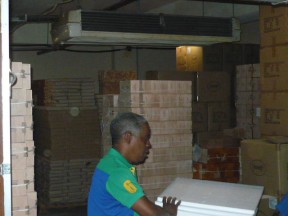
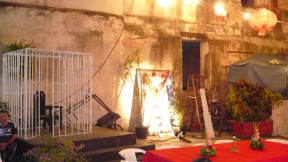
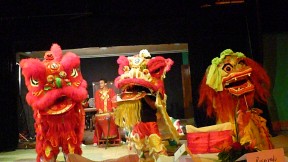
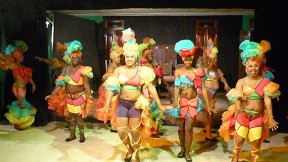
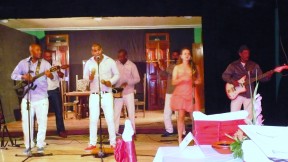
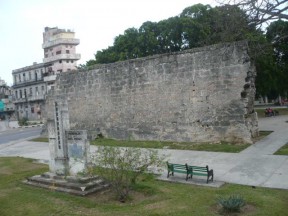
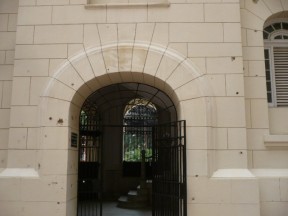
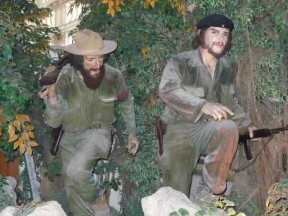
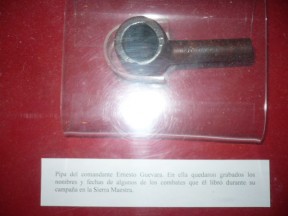
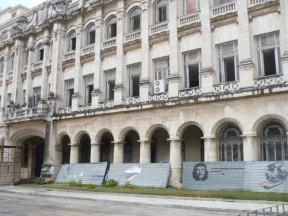
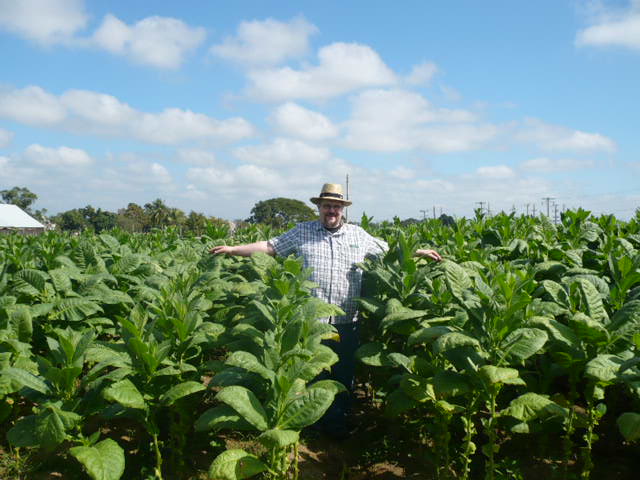
Speak Your Mind